How Much Money Do Tiktokers Make is a question many aspiring influencers ask. The earning potential on TikTok varies widely, but HOW.EDU.VN can help you understand the factors influencing income and how to maximize your revenue streams. Discover the earnings of TikTok content creators and learn how to navigate the platform for financial success, focusing on sponsorship opportunities, content monetization, and income generation strategies.
1. What Is the Average Salary of a TikTok Influencer?
The average salary for a TikTok influencer is approximately $131,874, but this figure can be misleading. While top earners can make millions, the median income for most TikTokers is much lower. Understanding the different income brackets provides a clearer picture of potential earnings.
The reported average salary of $131,874, per ZipRecruiter, may not accurately represent the earnings of most TikTok influencers due to the high incomes of a few top creators skewing the data.
1.1. Factors Influencing TikTok Earnings
Several factors influence how much a TikToker can earn:
- Follower Count: More followers typically lead to higher earning potential.
- Engagement Rate: High engagement rates attract brands looking for active audiences.
- Niche: Certain niches are more lucrative due to higher demand from advertisers.
- Content Quality: High-quality, engaging content is essential for attracting and retaining followers.
- Monetization Strategies: Diversifying income streams maximizes earning potential.
1.2. Average Earnings Breakdown
Here’s a breakdown of typical TikTok influencer earnings, according to NeoReach:
- Less than $15,000: 48% of influencers
- $15,000 – $25,000: 9% of influencers
- $25,000 – $35,000: 7% of influencers
- $35,000 – $50,000: 5% of influencers
- $50,000 – $75,000: 11% of influencers
- $75,000 – $100,000: 5% of influencers
- $100,000 – $150,000: 6% of influencers
- $200,000 or more: 7% of influencers
This data highlights that most TikTok influencers earn less than $50,000 per year, with a significant portion making less than $15,000.
2. What Are the Different Ways TikTokers Make Money?
TikTokers employ various strategies to monetize their content, including brand partnerships, the TikTok Creator Fund, affiliate marketing, and TikTok Live gifts. Diversifying income streams is crucial for maximizing earnings.
2.1. Brand Partnerships and Sponsored Posts
Brand partnerships are a primary source of income for TikTok influencers. Brands pay influencers to promote their products or services in their videos.
Here’s a general idea of how much TikTok influencers can earn per sponsored post based on their follower count:
| Followers | $/Post (Low End) | $/Post (High End) |
|---|---|---|
| 1,000 – 10,000 | $20 | $150 |
| 10,000 – 50,000 | $30 | $400 |
| 50,000 – 500,000 | $80 | $1,650 |
| 500,000 – 1,000,000 | $150 | $3,500 |
| 1,000,000+ | $1,200 | Unlimited |
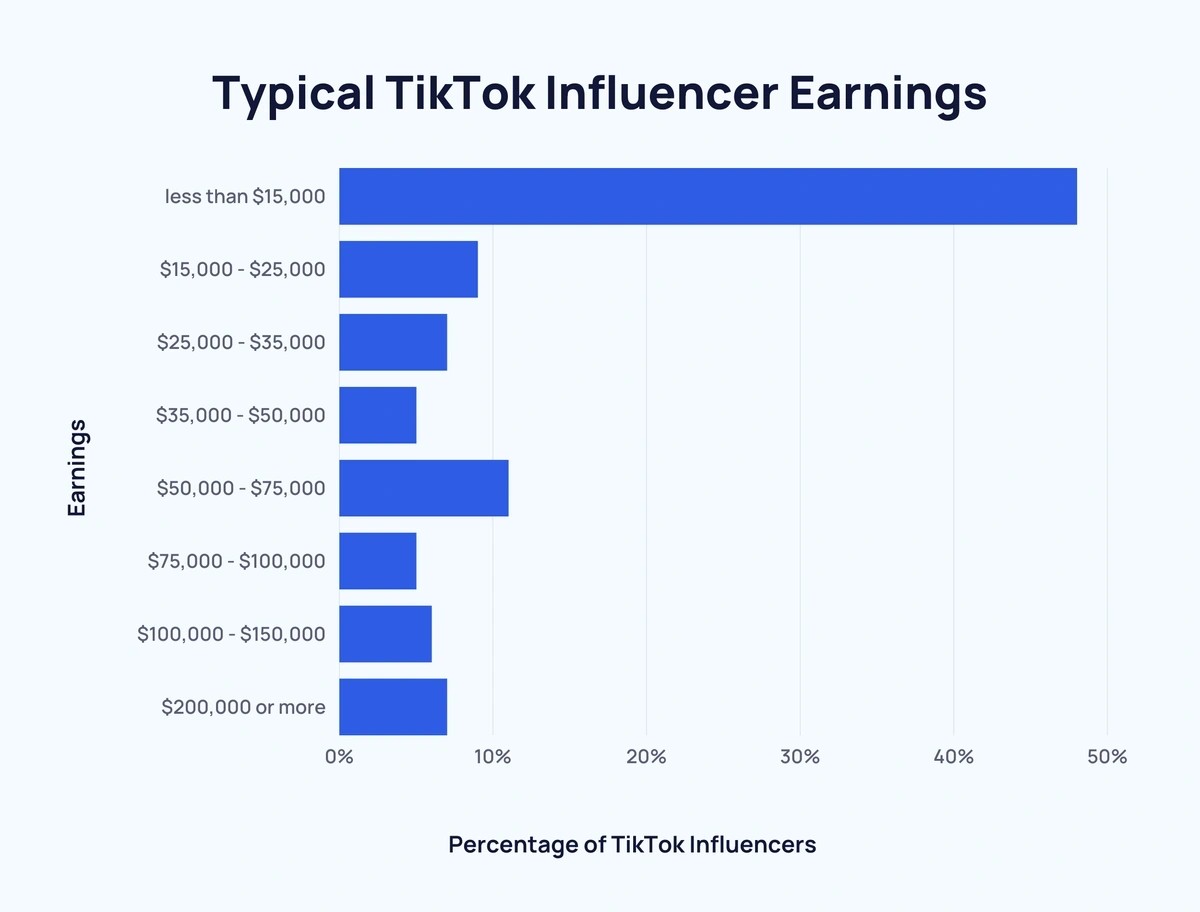
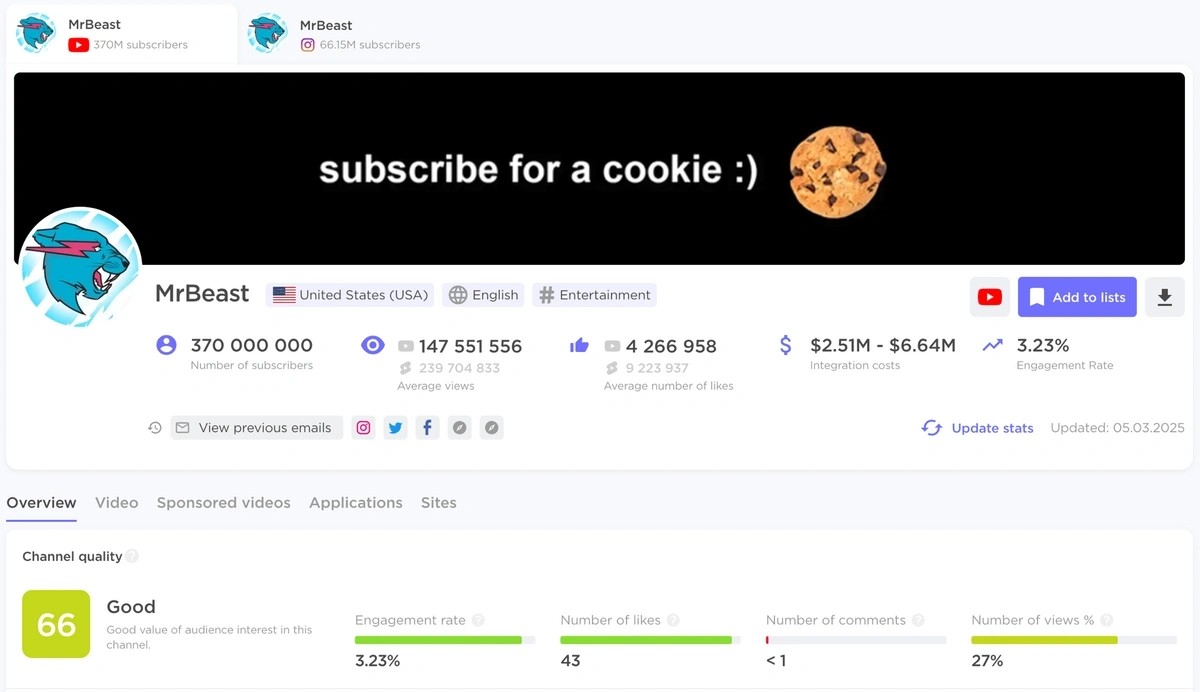
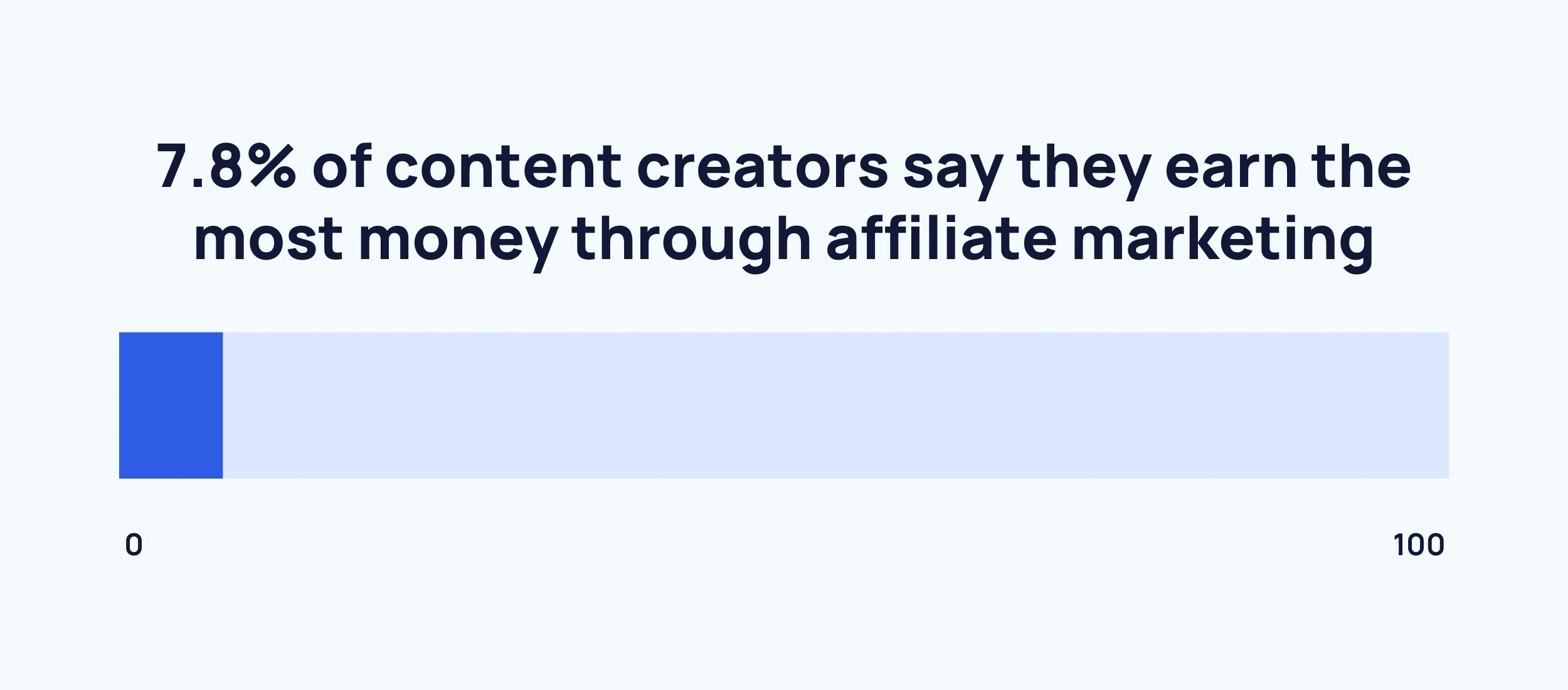
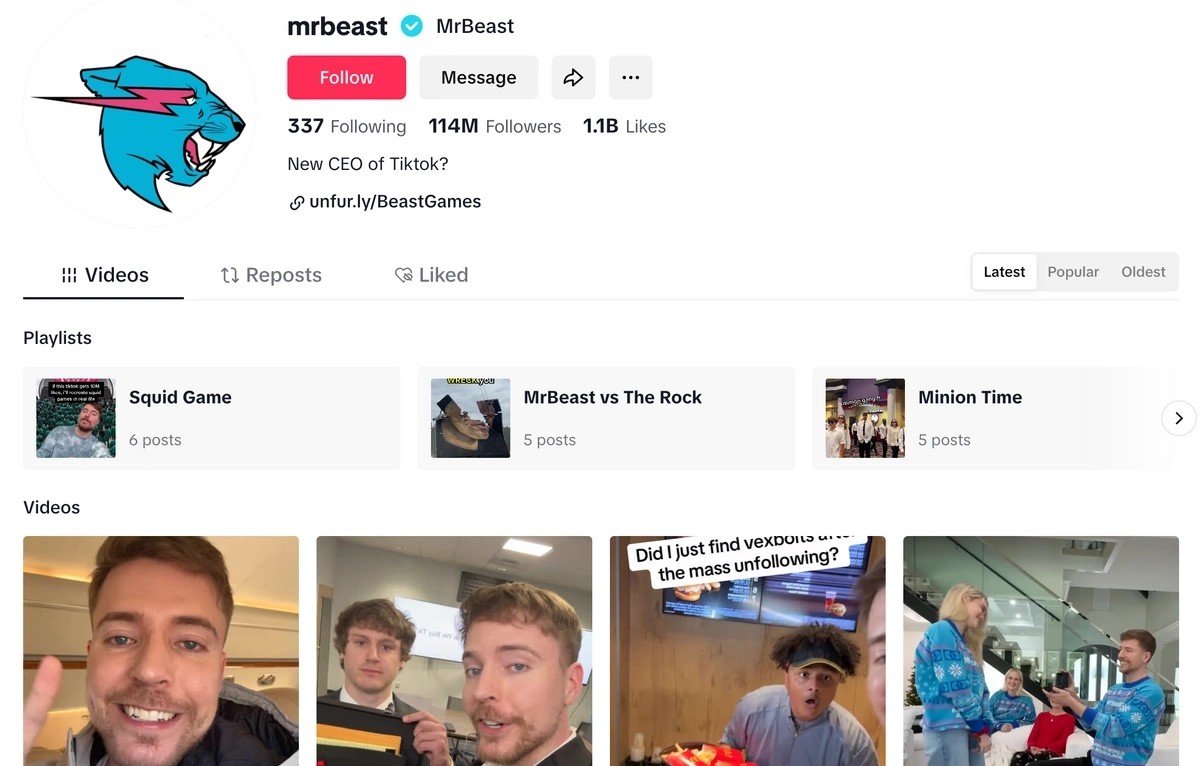




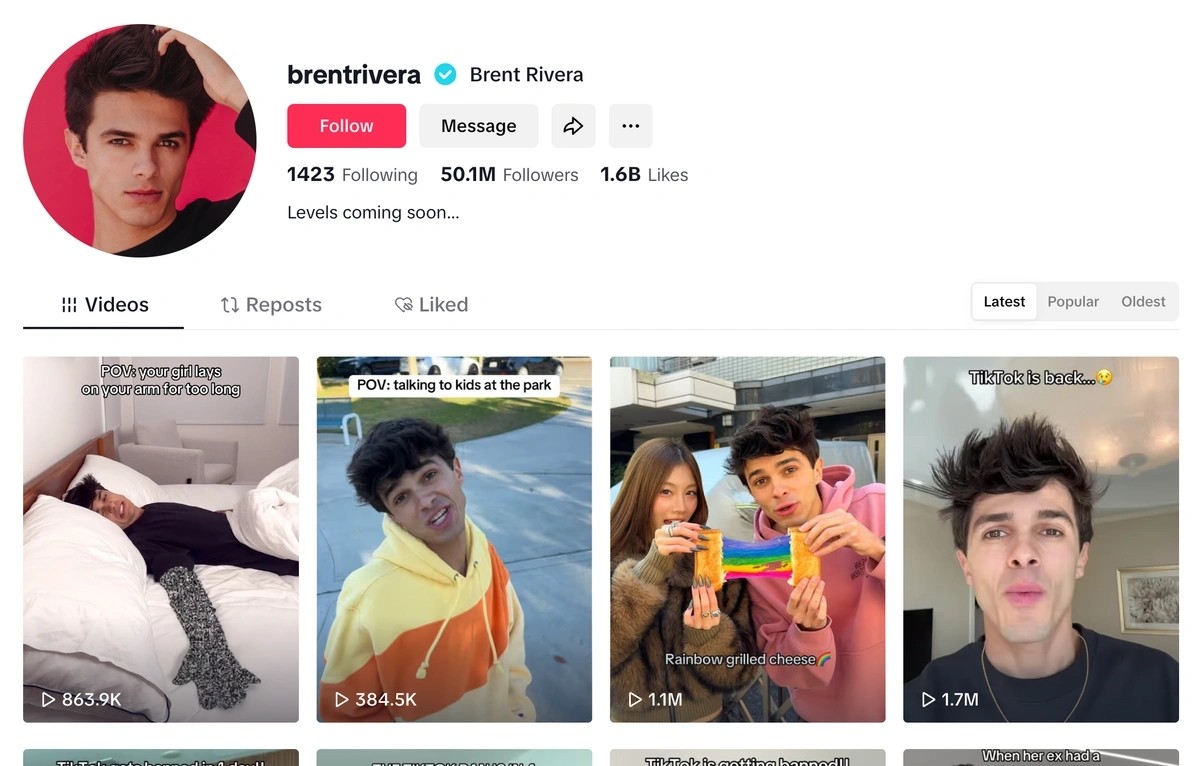

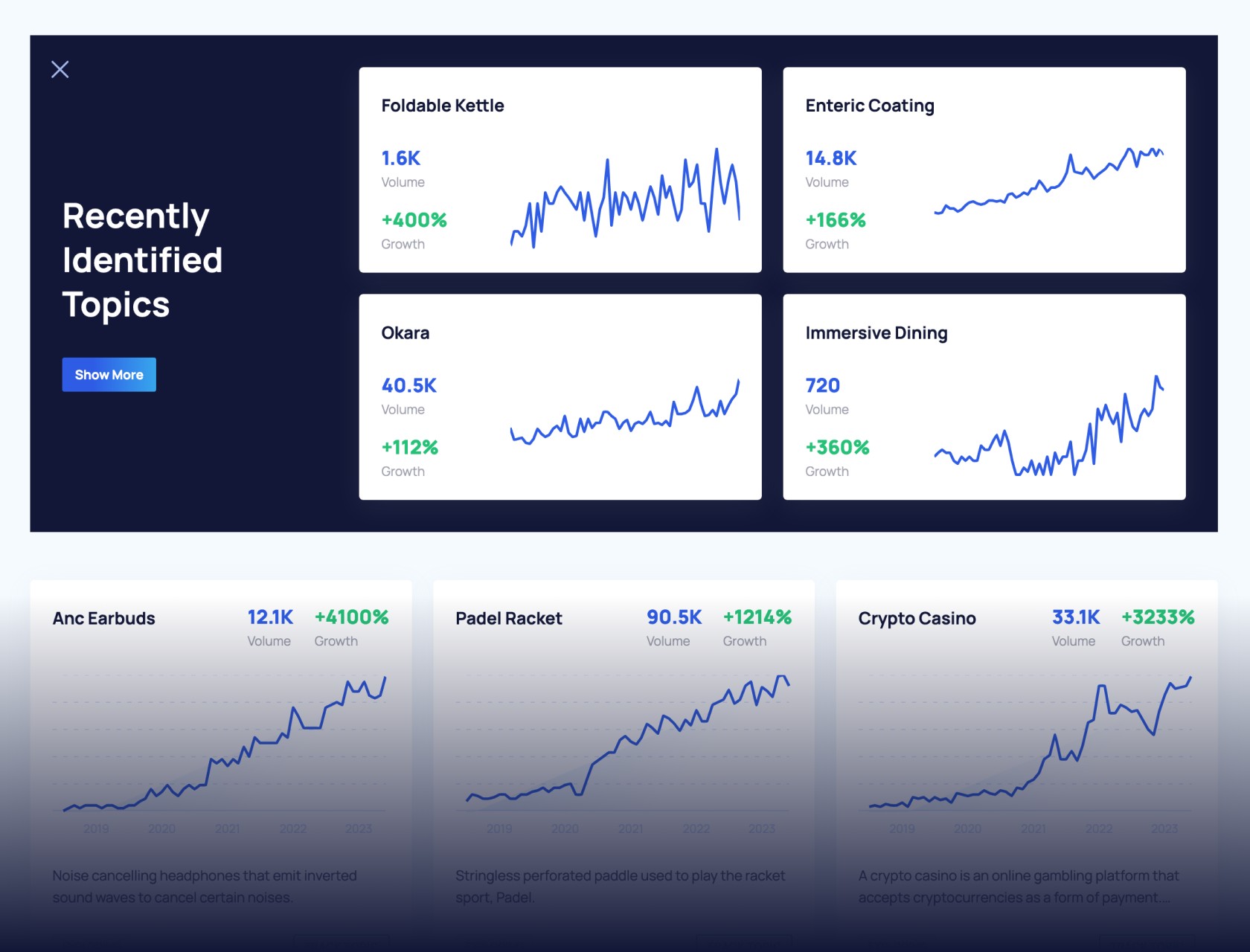
According to NeoReach, approximately 66.9% of content creators earn the most income from sponsored posts and brand deals, emphasizing its significance as a revenue source.
2.2. TikTok Creator Fund
The TikTok Creator Fund pays content creators based on the number of views their videos receive. To be eligible, creators must have at least 10,000 followers and 100,000 video views over the past 30 days. However, payouts from the Creator Fund are relatively low.
Influencers can expect to earn between $0.02 and $0.04 for every 1,000 views from the Creator Fund, which translates to $20-40 for every one million views. This low payout is why most influencers don’t rely solely on the Creator Fund.
2.3. Affiliate Marketing
Affiliate marketing involves promoting products and posting a link to purchase the product in the profile or the video’s comments section. When a user buys a product using that link, the influencer earns a commission.
Influencers can become affiliates by working directly with brands or by tapping into affiliate networks like Amazon Associates and Etsy Affiliate. NeoReach reports that 7.8% of content creators earn the most money through affiliate marketing.
2.4. TikTok Live Gifts
TikTok Live allows creators to interact with their fans in real-time. During these live sessions, fans can send creators digital gifts, which can be redeemed for coins and then for money.
While TikTok Live gifts range in value from $0.01 to $562.48, most stickers are only worth a few cents, making it a less impactful revenue stream compared to others.
3. Who Are the Highest-Earning TikTok Influencers in 2025?
The highest-earning TikTok influencers in 2025 include MrBeast, Dhar Mann, Charli D’Amelio, and others, each making millions through various monetization strategies. These top earners demonstrate the platform’s potential for financial success.
3.1. MrBeast
MrBeast (Jimmy Donaldson) is the most-followed creator in the world, with over half a billion followers across social platforms. His estimated social media earnings are $85 million.
3.2. Dhar Mann
Dhar Mann has amassed millions of TikTok followers through his short films on YouTube. His estimated social media earnings are $45 million.
3.3. Charli D’Amelio
Charli D’Amelio started her TikTok career in 2019 and quickly became the most-followed influencer on the platform. Her estimated social media earnings are $85 million.
3.4. Stokes Twins
The Stokes Twins are quickly gaining popularity on TikTok through their challenge, prank, and skit videos. Their estimated social media earnings are $20 million.
3.5. Dixie D’Amelio
Dixie D’Amelio has had a similar trajectory on TikTok as her sister Charli. Her estimated social media earnings are $14.60 million.
3.6. Khaby Lame
Khaby Lame creates comedic skits, often parodying other viral TikTok videos. His estimated social media earnings are $20 million.
3.7. Logan Paul
Logan Paul garners millions of views on TikTok, where he advertises his various brands. His estimated social media earnings are $9.8 million.
3.8. Jake Paul
Jake Paul is best known for his boxing, which is the main focus of his TikTok page. His estimated social media earnings are $13.6 million.
3.9. Marques Brownlee
Marques Brownlee is best known for his tech review videos. His estimated social media earnings are $10 million.
3.10. Brent Rivera
Brent Rivera has made a name for himself through short physical comedy videos. His estimated social media earnings are $11 million.
3.11. Adam W
Adam Waheed’s short-form comedic videos based on everyday experiences have helped him reach millions of people. His estimated social media earnings are $15 million.
4. How Can TikTokers Increase Their Earnings?
TikTokers can increase their earnings by optimizing content, engaging with their audience, diversifying income streams, and collaborating with other creators. A strategic approach to content creation and monetization is essential for long-term success.
4.1. Optimizing Content
Creating high-quality, engaging content is crucial for attracting and retaining followers. This includes:
- Using high-quality video and audio: Ensure your videos are visually appealing and have clear audio.
- Creating engaging content: Focus on creating content that resonates with your audience.
- Staying on trend: Keep up with the latest TikTok trends and incorporate them into your content.
- Using relevant hashtags: Use relevant hashtags to increase the visibility of your videos.
4.2. Engaging with Audience
Building a strong relationship with your audience can increase engagement and loyalty. This includes:
- Responding to comments: Take the time to respond to comments and messages from your followers.
- Hosting live sessions: Use TikTok Live to interact with your audience in real-time.
- Creating interactive content: Use polls, quizzes, and other interactive features to engage your audience.
4.3. Diversifying Income Streams
Relying on a single income stream can be risky. Diversifying your income streams can provide a more stable and sustainable income. This includes:
- Brand partnerships: Work with brands to promote their products or services.
- Affiliate marketing: Promote products and earn a commission on sales.
- TikTok Creator Fund: Earn money based on the number of views your videos receive.
- TikTok Live gifts: Receive digital gifts from fans during live sessions.
- Selling merchandise: Create and sell merchandise to your fans.
4.4. Collaborating with Other Creators
Collaborating with other creators can help you reach a wider audience and increase your follower count. This includes:
- Creating collaborative videos: Work with other creators to create videos that appeal to both of your audiences.
- Cross-promoting each other’s content: Promote each other’s content on your respective channels.
- Participating in challenges: Participate in challenges with other creators to increase your visibility.
5. What Are the Common Challenges Faced by TikTok Influencers?
TikTok influencers often face challenges such as maintaining consistent content quality, dealing with algorithm changes, managing competition, and protecting their brand image. Understanding these challenges is crucial for developing effective strategies to overcome them.
5.1. Maintaining Consistent Content Quality
Creating high-quality content consistently can be challenging, especially with the pressure to stay relevant and on-trend. Influencers must:
- Plan content in advance: Develop a content calendar to ensure a steady stream of ideas.
- Invest in equipment: Use high-quality equipment for better video and audio production.
- Stay creative: Continuously brainstorm new and engaging content ideas.
5.2. Dealing with Algorithm Changes
TikTok’s algorithm is constantly evolving, which can impact the visibility of content. Influencers need to:
- Stay informed: Keep up-to-date with the latest algorithm changes.
- Adapt strategies: Adjust content strategies to align with the algorithm.
- Analyze performance: Regularly analyze video performance to understand what works and what doesn’t.
5.3. Managing Competition
The TikTok landscape is highly competitive, with millions of creators vying for attention. To stand out, influencers must:
- Find a niche: Focus on a specific niche to attract a targeted audience.
- Be unique: Develop a unique style and voice to differentiate from others.
- Engage consistently: Maintain consistent engagement to retain followers.
5.4. Protecting Brand Image
Maintaining a positive brand image is crucial for attracting brand partnerships and retaining followers. Influencers should:
- Be authentic: Stay true to their values and beliefs.
- Avoid controversial topics: Steer clear of topics that could damage their reputation.
- Address criticism professionally: Handle criticism and negative feedback with grace.
6. How Does Location Affect TikTok Influencer Earnings?
The location of a TikTok influencer can significantly impact their earnings due to factors such as audience demographics, brand interest, and cost of living. Influencers in regions with higher brand engagement and advertising rates tend to earn more.
6.1. Audience Demographics
The demographics of an influencer’s audience play a crucial role in their earning potential. For example:
- US and Europe: Influencers with a predominantly US or European audience often command higher rates due to greater brand interest and higher advertising rates.
- Emerging Markets: While emerging markets like India and Brazil have large user bases, the monetization rates may be lower due to differences in advertising budgets and consumer spending habits.
6.2. Brand Interest
Brands are more likely to invest in influencers whose audience aligns with their target market. Therefore:
- Local Brands: Influencers who cater to a local audience may attract partnerships with local businesses.
- Global Brands: Influencers with a diverse, international audience may appeal to global brands looking for widespread reach.
6.3. Cost of Living
The cost of living in an influencer’s location can also affect their financial stability and lifestyle. For example:
- High-Cost Areas: Influencers in cities like New York or Los Angeles may need to earn more to maintain the same standard of living as those in lower-cost areas.
- Low-Cost Areas: Influencers in regions with lower living costs may have more financial flexibility and can reinvest in their content creation.
6.4. Case Studies
Several case studies illustrate how location impacts TikTok influencer earnings:
- Charli D’Amelio (US): As a US-based influencer, Charli benefits from high brand engagement and lucrative partnership opportunities, contributing to her multi-million-dollar earnings.
- Khaby Lame (Italy): Despite being based in Italy, Khaby’s universal comedic content has attracted global brand partnerships, allowing him to overcome potential limitations of his local market.
7. How Do TikTok Analytics Help in Increasing Earnings?
TikTok analytics provide valuable insights into content performance, audience behavior, and engagement metrics, which can be leveraged to optimize content strategy and increase earnings.
7.1. Understanding Content Performance
TikTok analytics offer data on key performance indicators (KPIs) such as:
- Views: The number of times a video has been watched.
- Likes: The number of likes a video has received.
- Comments: The number of comments on a video.
- Shares: The number of times a video has been shared.
- Watch Time: The average amount of time viewers spend watching a video.
Analyzing these metrics helps influencers understand which types of content resonate most with their audience.
7.2. Identifying Audience Behavior
Analytics also provide insights into audience demographics and behavior:
- Age and Gender: Understanding the age and gender distribution of your audience.
- Location: Knowing where your audience is located.
- Peak Activity Times: Identifying when your audience is most active.
This information allows influencers to tailor their content to better suit their audience’s preferences and optimize posting schedules.
7.3. Optimizing Content Strategy
By analyzing TikTok analytics, influencers can:
- Identify Trending Topics: Discover popular topics and trends to create relevant content.
- Refine Content Themes: Focus on content themes that generate the highest engagement.
- Improve Video Presentation: Adjust video elements such as editing style, music, and captions based on performance data.
7.4. Monetization Opportunities
Analytics can also help influencers identify monetization opportunities:
- Brand Partnerships: Present data on audience demographics and engagement to attract brand partnerships.
- Affiliate Marketing: Track the performance of affiliate links to optimize promotional strategies.
- TikTok Creator Fund: Monitor video views to maximize earnings from the Creator Fund.
8. What Are the Legal and Tax Implications for TikTok Influencers?
TikTok influencers must be aware of the legal and tax implications of their earnings, including disclosure requirements for sponsored content, income tax obligations, and business registration requirements.
8.1. Disclosure Requirements for Sponsored Content
The Federal Trade Commission (FTC) requires influencers to clearly and conspicuously disclose when they have been paid to promote a product or service. This is to ensure transparency and protect consumers from deceptive advertising.
- Clear Disclosure: Use clear and easy-to-understand language, such as #ad, #sponsored, or #partner.
- Conspicuous Placement: Place the disclosure in a prominent location, such as the beginning of the video or caption.
- Honest Endorsements: Ensure that endorsements reflect genuine opinions and experiences.
8.2. Income Tax Obligations
TikTok influencers are generally considered self-employed and are responsible for paying income tax on their earnings.
- Report All Income: Report all income from brand partnerships, affiliate marketing, the TikTok Creator Fund, and other sources.
- Deduct Business Expenses: Deduct eligible business expenses, such as equipment, software, travel, and home office expenses.
- Pay Estimated Taxes: Pay estimated taxes quarterly to avoid penalties.
8.3. Business Registration Requirements
Depending on their business structure, TikTok influencers may need to register their business with their local or state government.
- Sole Proprietorship: A simple business structure where the influencer is personally liable for business debts.
- Limited Liability Company (LLC): A business structure that provides liability protection.
- Corporation: A more complex business structure that may be suitable for larger operations.
8.4. International Considerations
International influencers may also need to consider tax treaties and other international legal issues.
- Tax Treaties: Understand how tax treaties between countries may affect your tax obligations.
- Foreign Income: Report any foreign income earned from international brand partnerships or other sources.
9. How Can TikTokers Protect Their Mental Health?
The pressure to create content, maintain a positive image, and deal with online criticism can take a toll on TikTok influencers’ mental health. Implementing strategies to protect their well-being is essential for long-term sustainability.
9.1. Setting Boundaries
Establishing clear boundaries between work and personal life can help prevent burnout.
- Schedule Time Off: Set aside specific days or hours for relaxation and activities unrelated to TikTok.
- Limit Screen Time: Reduce the amount of time spent on social media outside of content creation.
- Avoid Working Late: Establish a cutoff time for work to ensure adequate rest.
9.2. Managing Criticism
Dealing with negative comments and online criticism can be emotionally draining.
- Moderate Comments: Use TikTok’s moderation tools to filter out abusive or offensive comments.
- Don’t Take It Personally: Remember that criticism often reflects the commenter’s issues, not your worth.
- Seek Support: Talk to friends, family, or a therapist about your feelings.
9.3. Maintaining Authenticity
The pressure to conform to trends and maintain a perfect image can lead to feelings of inauthenticity.
- Stay True to Yourself: Create content that reflects your genuine interests and values.
- Avoid Comparisons: Focus on your own journey and avoid comparing yourself to others.
- Be Transparent: Share your struggles and challenges with your audience to build a more authentic connection.
9.4. Seeking Professional Help
If you are struggling with mental health issues, don’t hesitate to seek professional help.
- Therapists and Counselors: Consider working with a therapist or counselor who specializes in social media-related stress.
- Support Groups: Join support groups for influencers to connect with others who understand your challenges.
- Mental Health Resources: Utilize online resources and mental health apps to manage stress and anxiety.
10. What Are the Future Trends in TikTok Monetization?
The future of TikTok monetization is likely to involve new features, increased brand integration, and innovative revenue models. Staying informed about these trends can help influencers prepare for the future.
10.1. New Monetization Features
TikTok is continually introducing new features to help creators monetize their content.
- Subscription Services: Offering exclusive content to subscribers for a monthly fee.
- Direct Payment Options: Allowing fans to send direct payments or tips to creators.
- Enhanced E-commerce Tools: Integrating more advanced e-commerce tools to facilitate direct sales.
10.2. Increased Brand Integration
Brands are increasingly investing in TikTok as a marketing platform.
- Long-Term Partnerships: Establishing long-term partnerships with influencers for ongoing campaigns.
- Co-Created Content: Collaborating with influencers to create authentic and engaging content.
- Data-Driven Campaigns: Using data analytics to optimize brand campaigns and measure ROI.
10.3. Innovative Revenue Models
New revenue models are emerging on TikTok, offering creators more diverse income streams.
- NFTs and Digital Collectibles: Creating and selling NFTs and digital collectibles to fans.
- Virtual Events: Hosting virtual events and workshops on TikTok Live.
- Educational Content: Creating and selling educational content or courses on TikTok.
10.4. Adapting to Changes
The TikTok landscape is constantly evolving, so influencers must be adaptable and open to change.
- Stay Informed: Keep up-to-date with the latest trends and features on TikTok.
- Experiment: Try new strategies and approaches to content creation and monetization.
- Network: Connect with other influencers and industry professionals to share insights and learn from each other.
Navigating the world of TikTok monetization can be complex, but HOW.EDU.VN is here to provide expert guidance.
Are you ready to elevate your TikTok game and unlock your earning potential? Contact our team of expert consultants at HOW.EDU.VN for personalized strategies and actionable advice. Let us help you navigate the challenges and opportunities of TikTok monetization, ensuring you stay ahead in this dynamic landscape.
Address: 456 Expertise Plaza, Consult City, CA 90210, United States
WhatsApp: +1 (310) 555-1212
Website: how.edu.vn
FAQ: How Much Money Do TikTokers Make?
1. How much can a beginner TikToker make?
Beginner TikTokers typically earn very little, often less than $100 per month. Initial earnings depend on factors like follower count, engagement, and monetization methods such as the Creator Fund or affiliate links.
2. How many followers do you need to make money on TikTok?
To start monetizing directly through TikTok’s Creator Fund, you need at least 10,000 followers and 100,000 video views in the last 30 days. However, you can explore brand partnerships with fewer followers if you have a highly engaged audience.
3. What is the TikTok Creator Fund and how does it work?
The TikTok Creator Fund pays creators based on video views. To be eligible, you must meet the follower and view requirements and adhere to TikTok’s community guidelines. Payouts range from $0.02 to $0.04 per 1,000 views.
4. How do brand partnerships work on TikTok?
Brands pay TikTokers to promote their products or services in videos. Earnings vary based on follower count, engagement rate, and niche. Influencers negotiate rates with brands or work through agencies to secure deals.
5. What is affiliate marketing on TikTok and how can I start?
Affiliate marketing involves promoting products and earning a commission on sales made through your unique affiliate link. You can join affiliate programs through networks like Amazon Associates or directly with brands.
6. How can I increase my earnings on TikTok?
To increase earnings, focus on creating high-quality, engaging content, growing your follower base, diversifying income streams (brand partnerships, affiliate marketing, TikTok Live gifts), and optimizing your content with relevant hashtags.
7. What are TikTok Live gifts and how do they contribute to earnings?
TikTok Live allows viewers to send digital gifts to creators during live sessions. These gifts can be converted into diamonds, which can then be redeemed for cash. The value of gifts varies, but they can provide a supplementary income stream.
8. Are there any legal requirements for TikTok influencers?
Yes, TikTok influencers must comply with FTC guidelines, disclosing sponsored content using hashtags like #ad or #sponsored. They must also report their earnings for income tax purposes and may need to register as a business.
9. How does location impact TikTok influencer earnings?
Location affects earnings based on audience demographics, brand interest, and cost of living. Influencers in regions with higher brand engagement and advertising rates (e.g., the US or Europe) often earn more.
10. What are the future trends in TikTok monetization?
Future trends include new monetization features like subscription services, enhanced e-commerce tools, increased brand integration through long-term partnerships, and innovative revenue models like NFTs and virtual events.